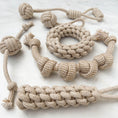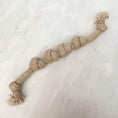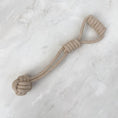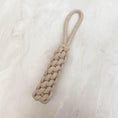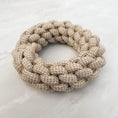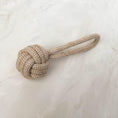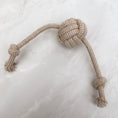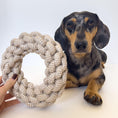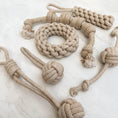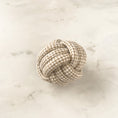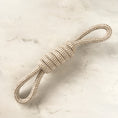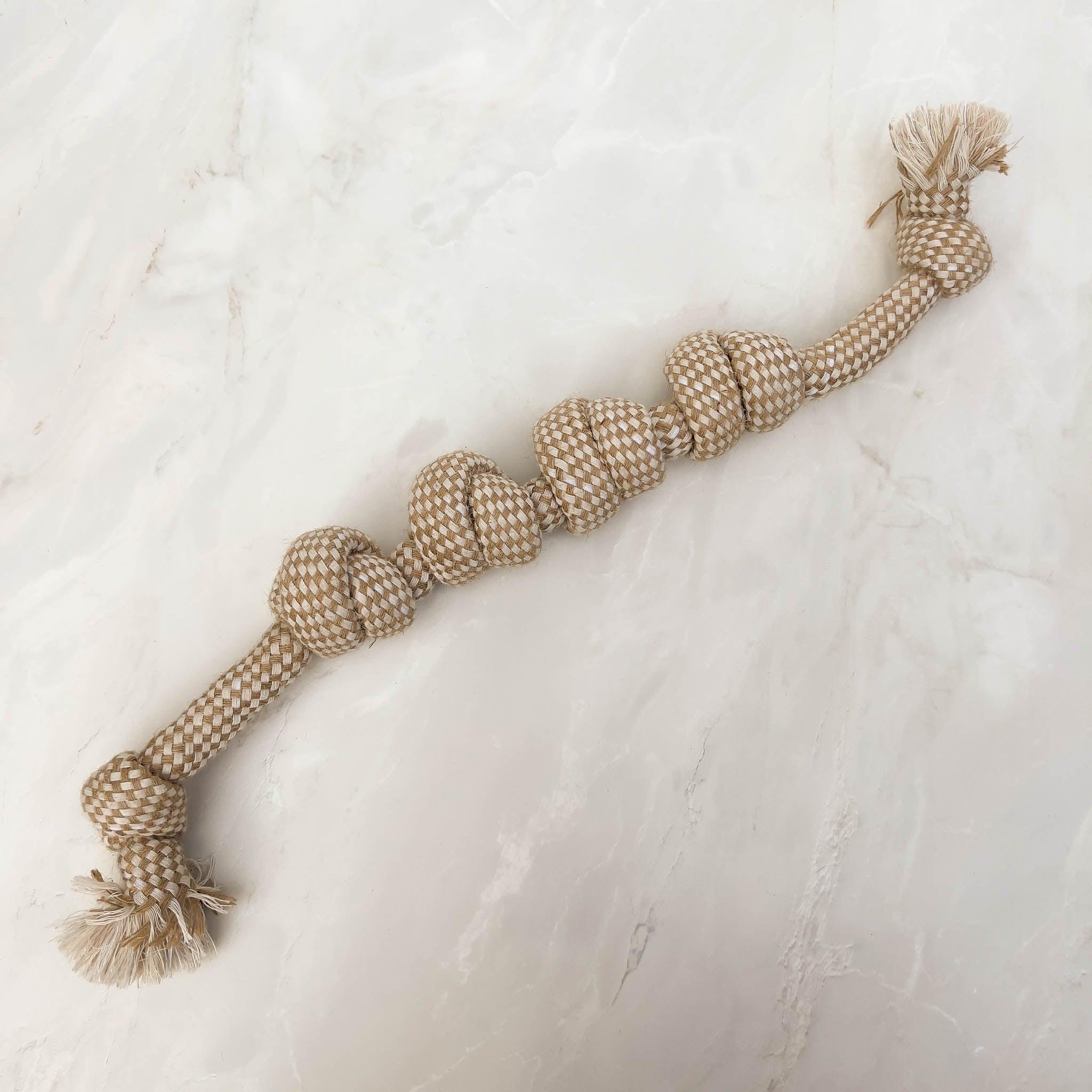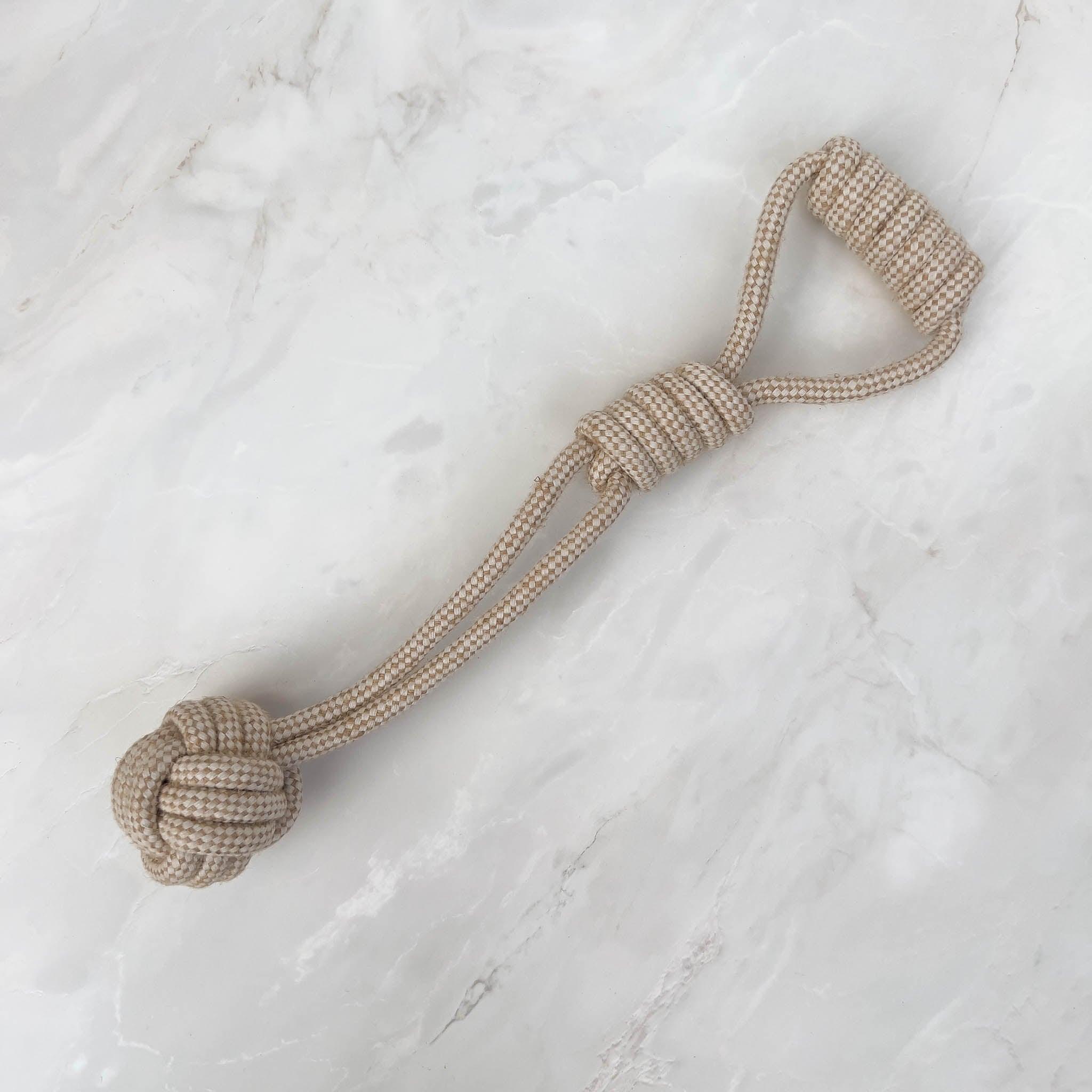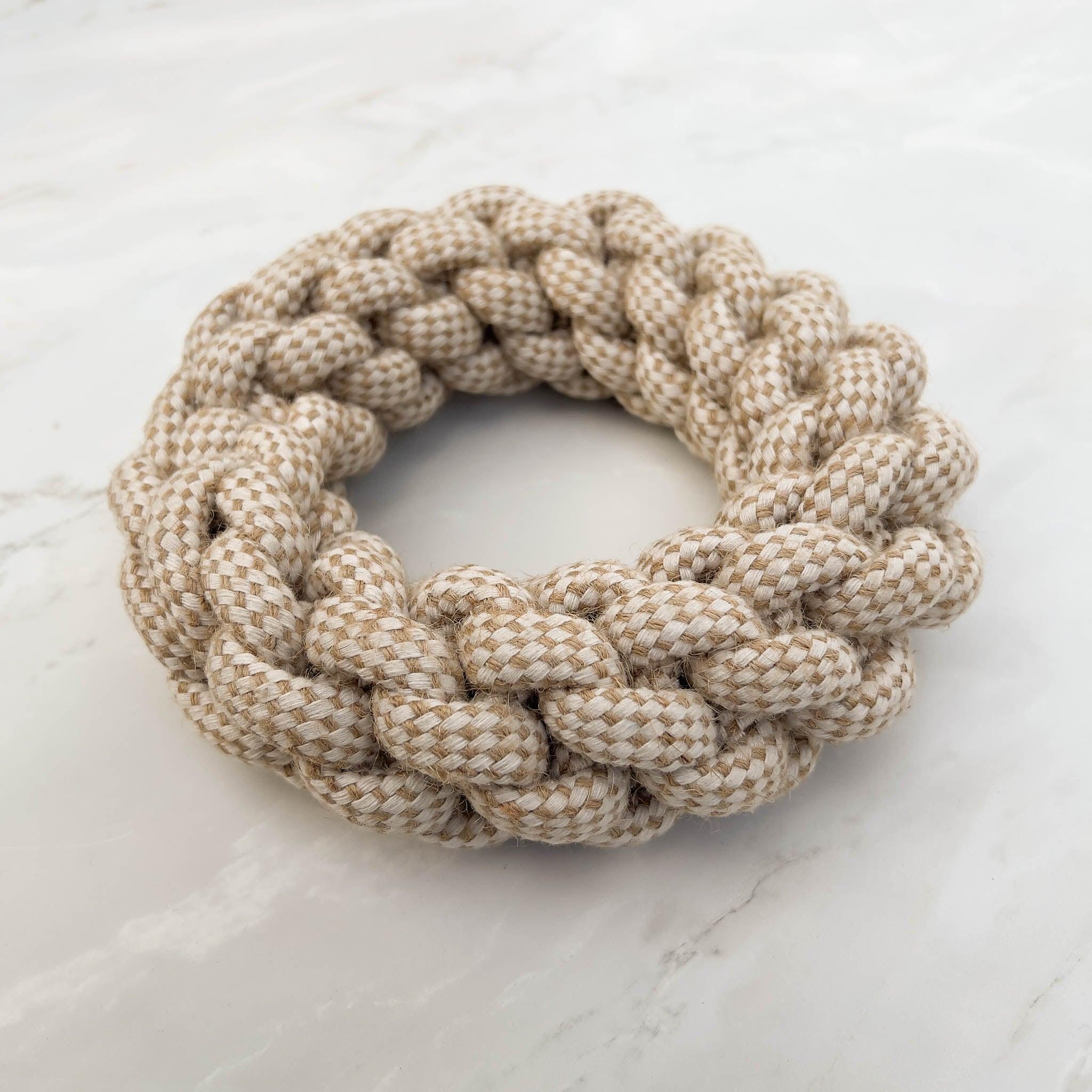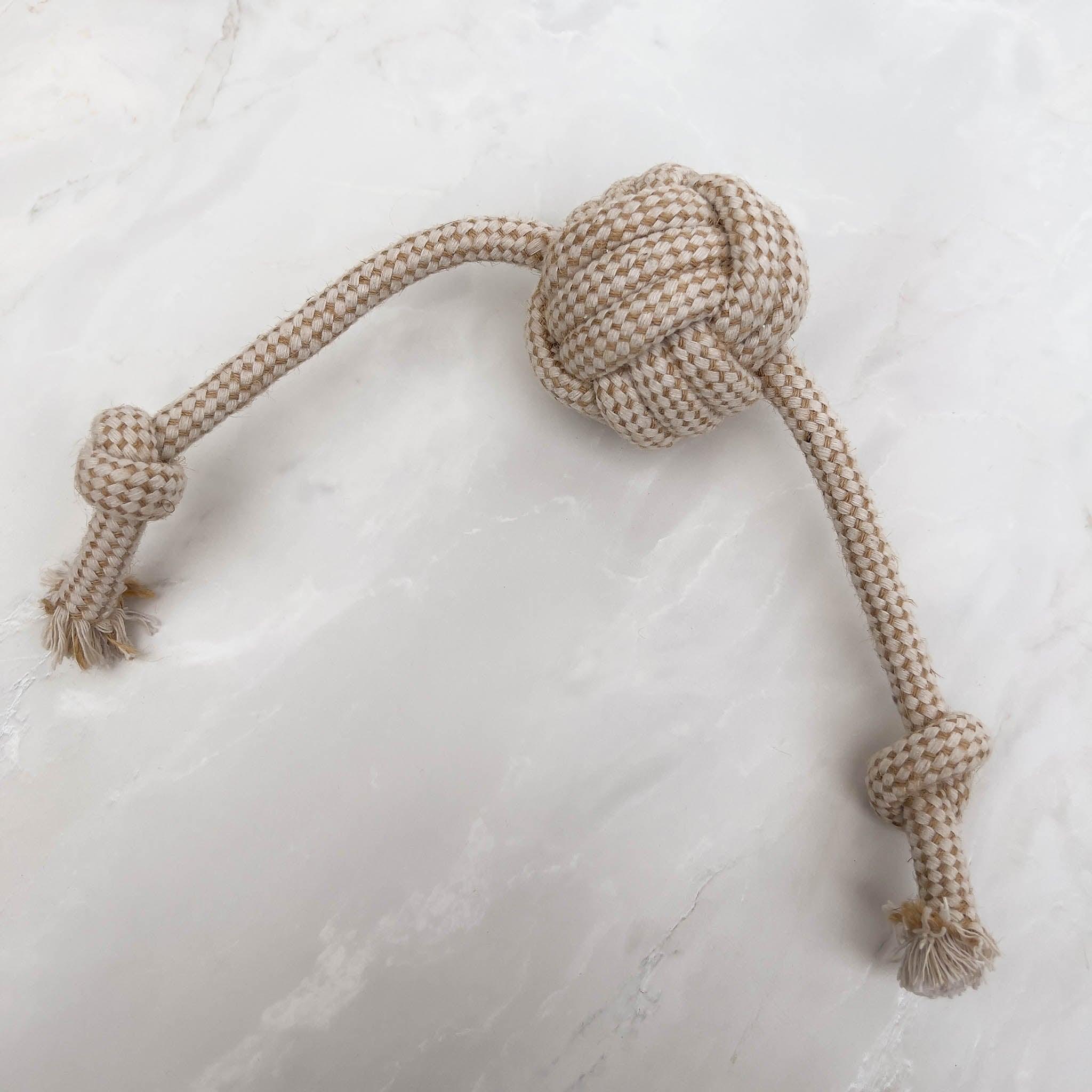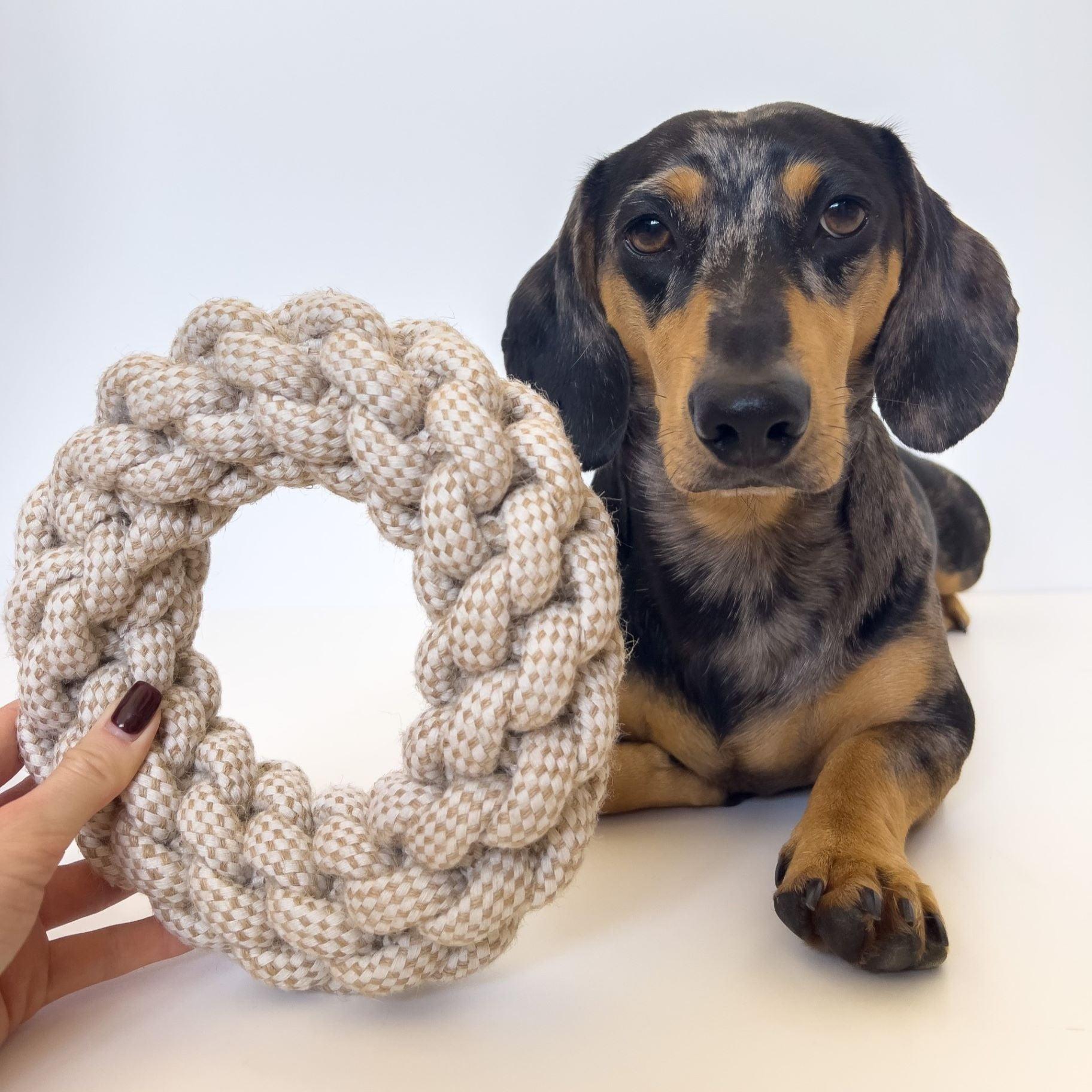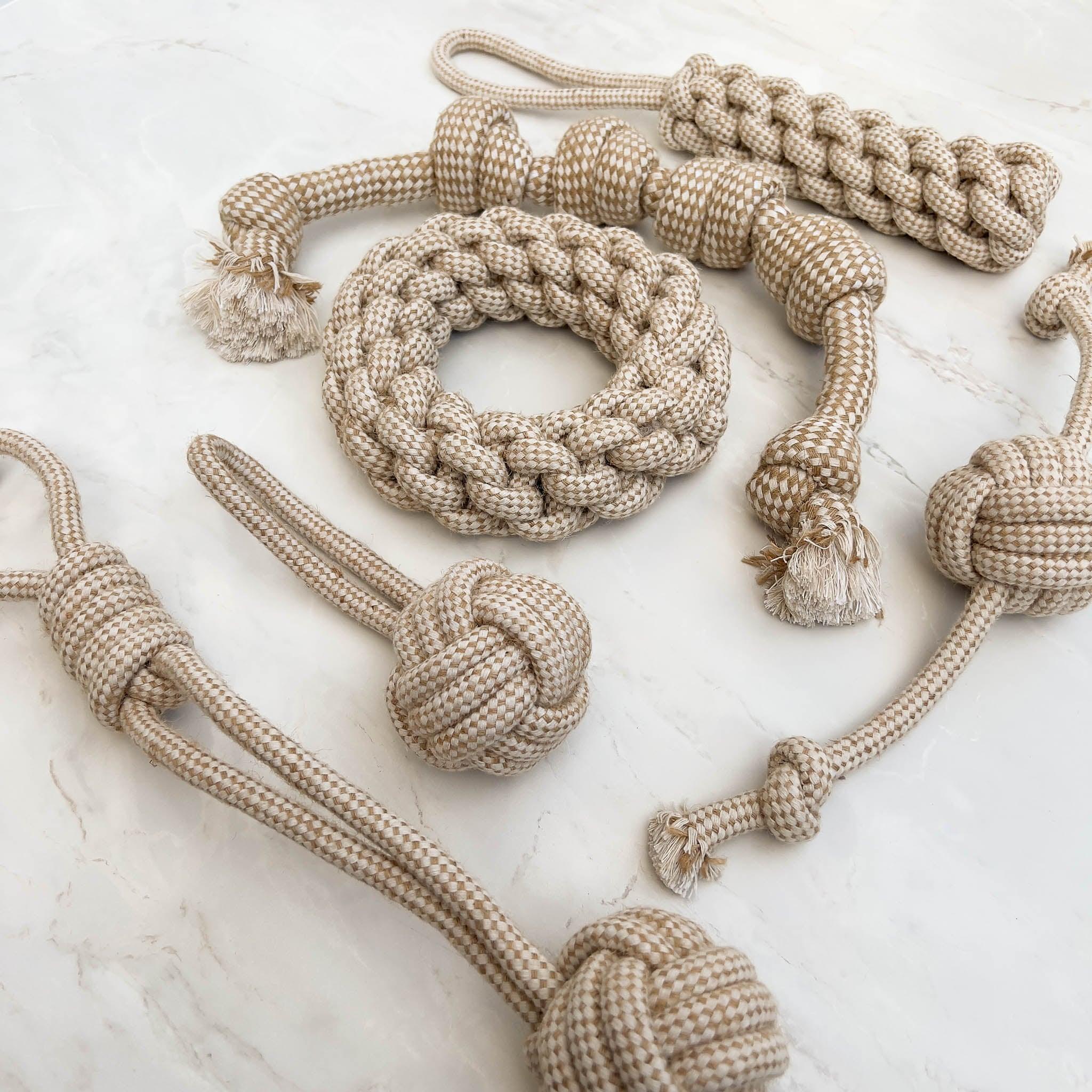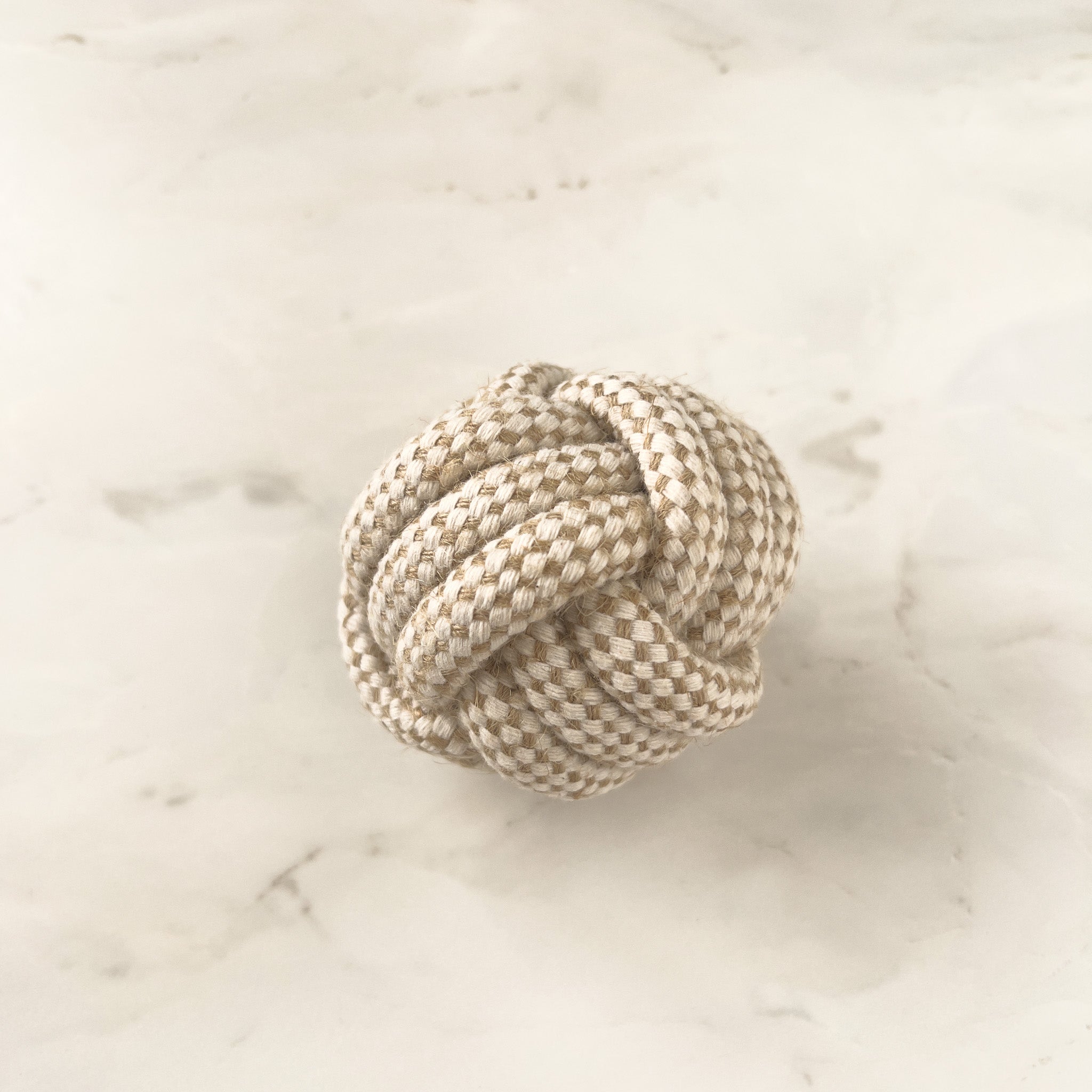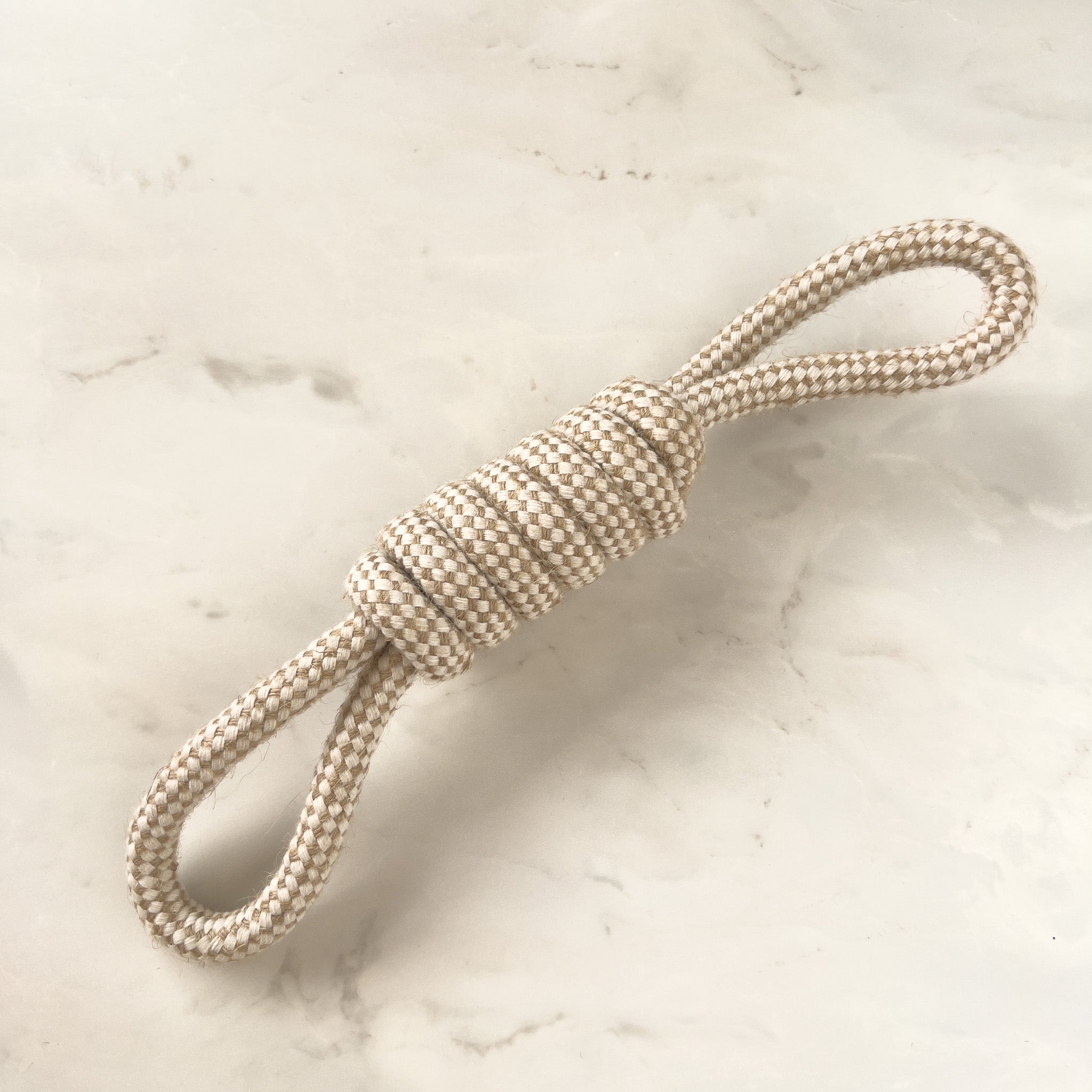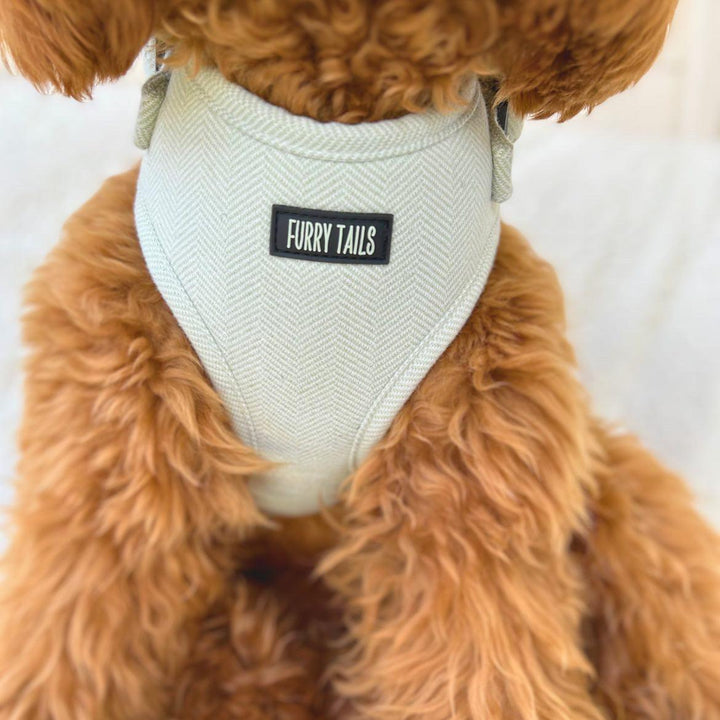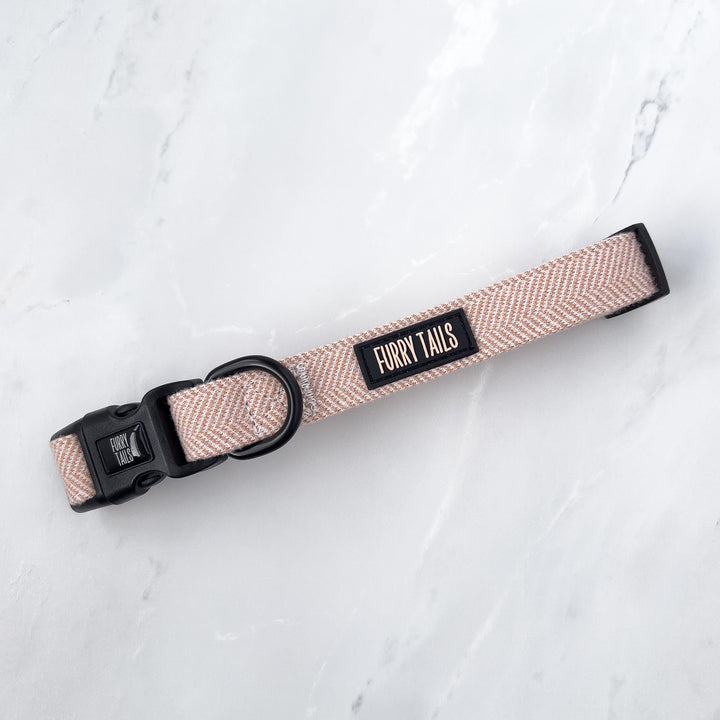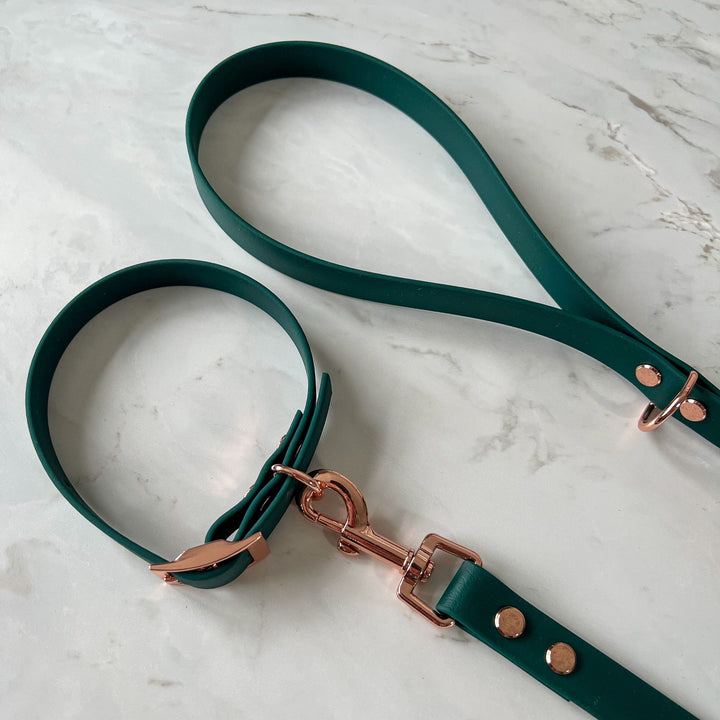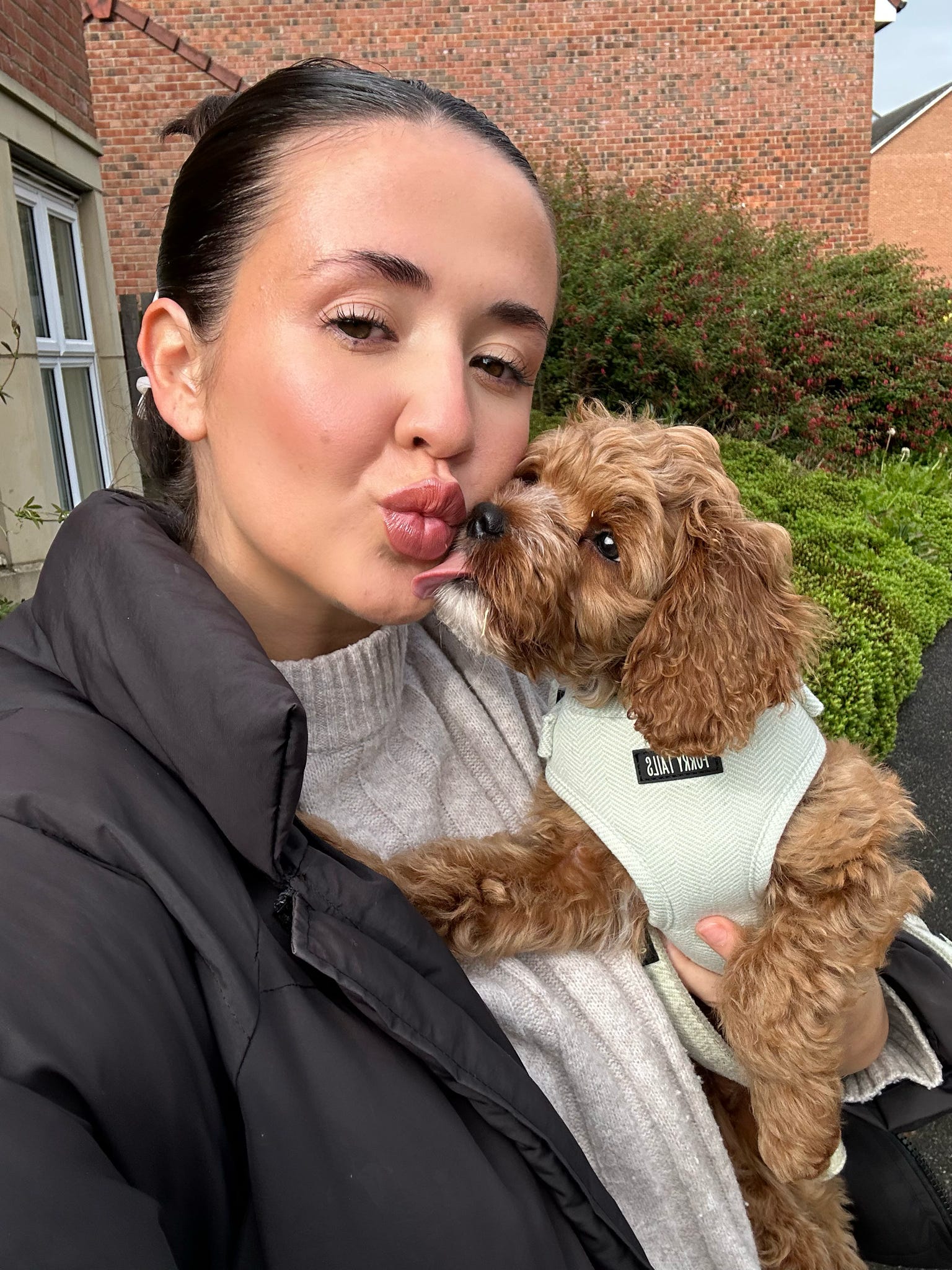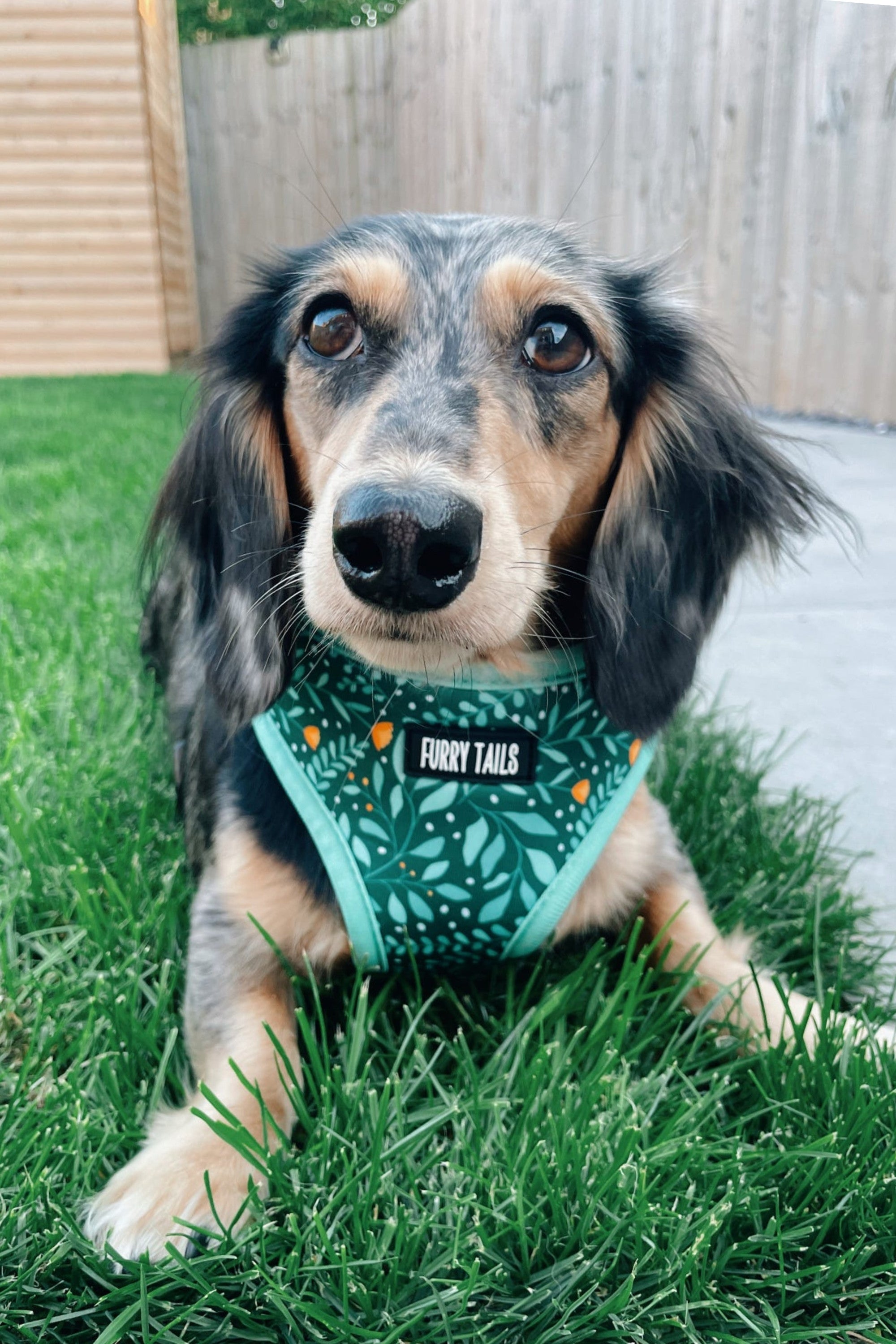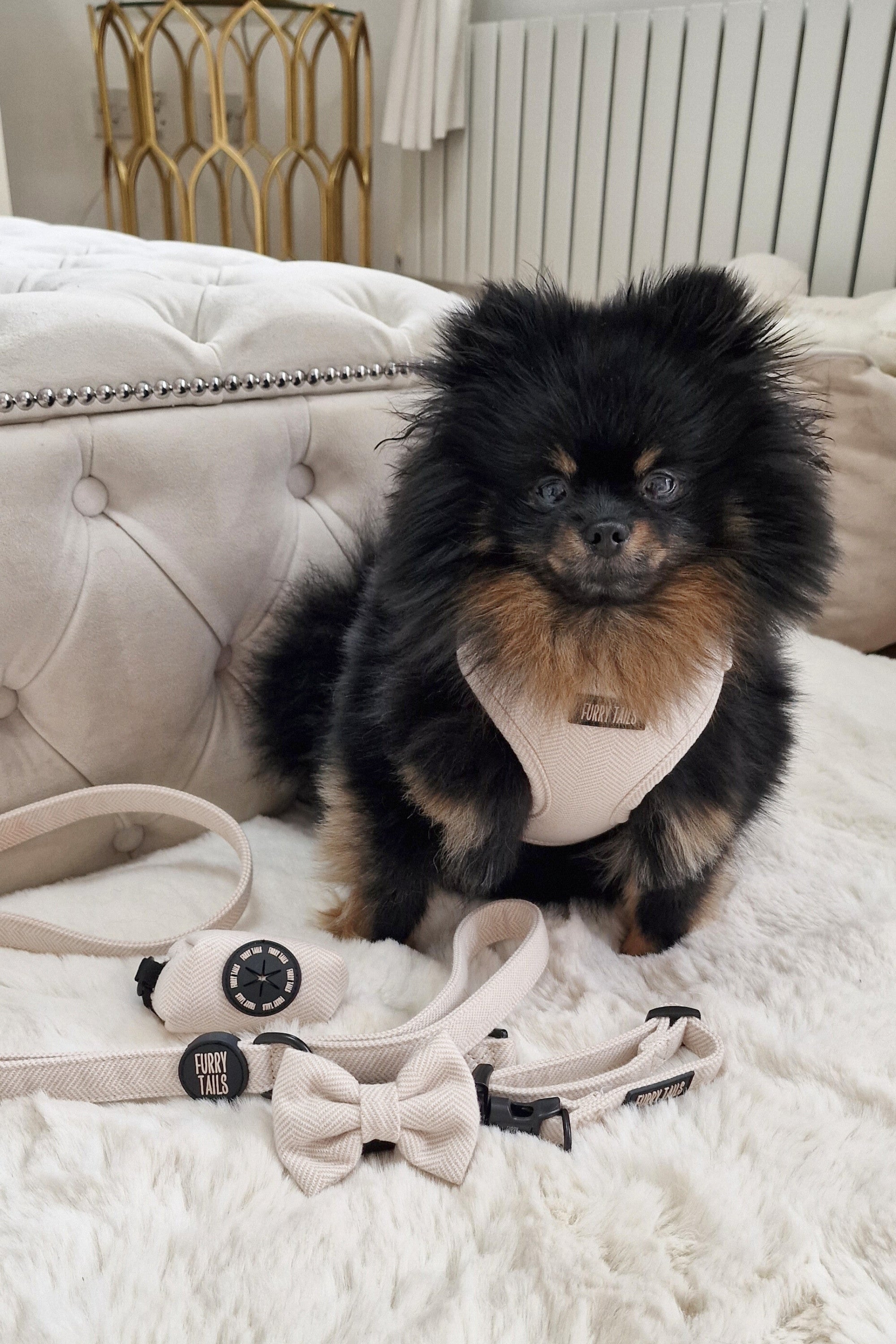I'm not a dog trainer, but I have loved watching, researching, listening to "how to train your dog videos". I've taught my pup as many tricks as I can and have loved every minute.
I thought I would share my absolute favourite dog cues. These are the ones that I thank myself for doing so early (especially for stubborn dog breeds). As I now have an adult, obedient, well mannered best friend (doggy off course).
Some of you may already know that I have a dog called Rocky. He is - meant to be a miniature Dachshund. The breed is notorious for their stubbornness: they are independent thinkers and can be difficult when it comes to training.

So, I quickly learnt that I had a barker on my hands.... Therefore I was quick to look into ways to gain control of the barking in a positive way.
The Quiet Cue
A quiet cue for dogs is a signal that you can use to teach your dog to stop barking or making noise on command. This is a helpful cue to have in situations where you want your dog to be quiet. Here are some steps to teach your dog a quiet cue.
1. Choose a cue word or phrase: Choose a cue word or phrase that you will use consistently every time you want your dog to be quiet. It can be something like "quiet" or "enough". Make sure to use a calm and firm tone when giving the cue.
2. Start with a trigger: Choose a trigger that will cause your dog to bark or make noise, such as ringing the doorbell or knocking on a table. Have someone help you with the trigger if necessary.
3. Use the cue: When your dog starts barking or making noise in response to the trigger, use the cue word or phrase in a calm and firm tone. Say it only once, and wait for a few seconds to see if your dog stops barking
4. Reward quiet behaviour: If your dog stops barking or making noise after you use the cue, praise them and give them a treat. This reinforces the behaviour and helps your dog learn that being quiet is a good thing.
5. Repeat and practice: Repeat the process with different triggers and practice using the cue word or phrase consistently. Over time, your dog will learn to associate the cue with being quiet, and you will be able to use it in other situations as well.
Remember that teaching your dog a quiet cue takes patience and consistency. With practice, your dog will learn to respond to the quiet cue and be a well-behaved companion.

The Stay Cue
A cue for safety is the the stay cue. It will be a cue you will need to use when you've broken a glass in the kitchen or when you need to answer the door or when you're in a crowded area.
1. Start with a sit or down: Before teaching your dog to stay, it's important to first teach them to sit or lie down on command. This will make it easier for your dog to understand the "stay" command.
2. Add the hand signal: Once your dog is sitting or lying down, hold your hand up with your palm facing forward, like you're signalling to stop. Say "stay" in a firm but calm tone.
3. Reward and release: If your dog stays in place, reward them with a treat and praise. Release them with a separate command, like "OK" or "free."
4. Increase distance and duration: Gradually increase the distance between you and your dog and the amount of time they stay in place before being released. Always reward your dog for staying and gradually increase the level of distraction around them.
5. Practice in different situations: Once your dog has mastered the "stay" command in a quiet, distraction-free environment, practice in different situations, such as outdoors or in a park. Be consistent with your commands and rewards to help reinforce the behaviour.
Start with short durations and gradually increase the distance and time your dog stays in place. With consistency and rewards, your dog will learn to obey the "stay" command.
Ps- it's great for photos too.

And lastly... I hate to admit it but....
MY DAXIE LOVES POO!!
That's right, it's not uncommon for dogs, including Dachshunds, to engage in the behaviour of eating faeces. While it may be unpleasant for us humans, it is a natural behaviour for dogs, and there are various reasons why they might do it. The best thing we did was to teach Rocky the 'leave it' cue.
The Leave it Cue
The "leave it" cue is a helpful command to teach your dog. It instructs your dog to stop what they are doing and move away from something, whether it's an object, food, or even another animal. Here are some steps to teach your dog the "leave it" cue. Start with a treat: Hold a treat in your hand and show it to your dog. As your dog tries to take the treat, close your hand and say "leave it" in a firm but calm tone.
1. Wait for a pause: Wait for a moment when your dog stops trying to get the treat. As soon as your dog stops, say "yes" or "good" and give them a different treat from your other hand.
2. Repeat and reward: Repeat the process, gradually increasing the length of time you wait before rewarding your dog. Over time, your dog will learn to associate the "leave it" command with stopping what they are doing and moving away from the object.
3. Practice with different objects: Once your dog has mastered the "leave it" command with treats, you can practice with other objects or items. Start with something your dog is mildly interested in and gradually increase the level of temptation. Always reward your dog when they successfully obey the command.
4. Use the cue in real-life situations: When you are out on walks or in other situations, you can use the "leave it" command to keep your dog from picking up or getting too close to objects or animals they shouldn't. Be consistent in your use of the command and always reward your dog for following it.
Obviously we taught Rocky all the other basic cues such as; sit, down, paw etc but these rank the highest for most used and value to every day life.





